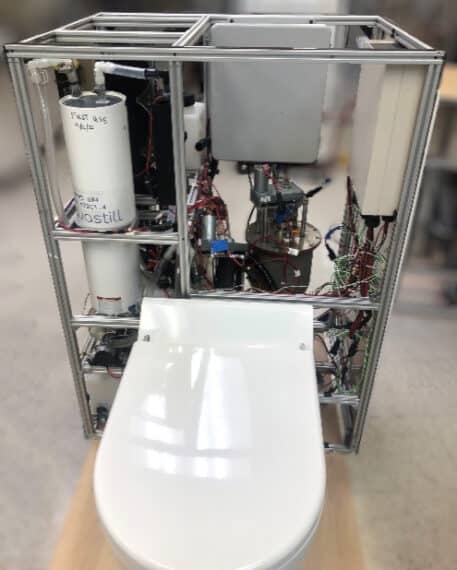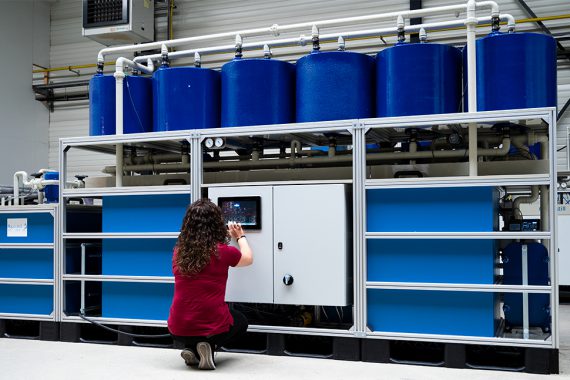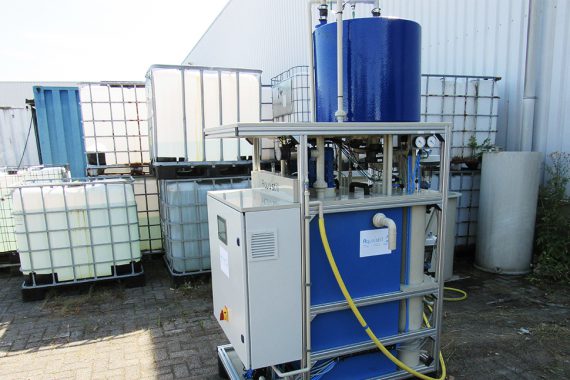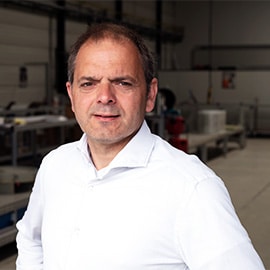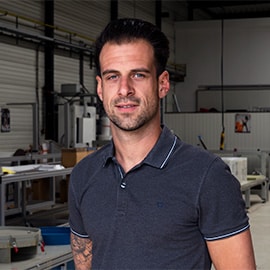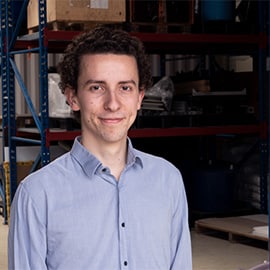Seawater membrane distillation desalination for potable water provision on remote islands – a case study in Vietnam
Authors: Bart Nelemans, Hung Cong Duong, Lan Thi Thu Tran, Hoa Thi Truong
Summary: Membrane distillation (MD) is considered the most suitable process for small-scale seawater desalination to augment fresh water supply in remote areas. In this study, a pilot seawater MD desalination process was trialled for potable water supply on a remote and isolated island in Vietnam. The pilot MD system was based on air gap membrane distillation (AGMD), which is considered the most energy-efficient configuration of MD. The AGMD configuration allowed for the utilization of the latent heat of water vapor condensation to pre-heat the seawater feed, thus reducing the energy consumption of the pilot system. This energy-efficient configuration, however, had a small temperature difference between the hot feed and the coolant streams and therefore exhibited low water flux. Nevertheless, the low water flux of the pilot system was compensated by the large membrane surface area of the spiral-wound AGMD membrane modules. Equipped with a total membrane surface of 77.7 m2, the pilot AGMD process operated at the evaporator inlet and coolant inlet temperature of 70 °C and 25 °C respectively could produce 46 L h−1 of pure distillate that met the Vietnamese potable water standards. Particularly, the measured specific energy consumption of the pilot AGMD system was only 87 kWh.m−3, resulting in a production cost of 20.5 US$ per m3 of potable water.
Projects
Team

